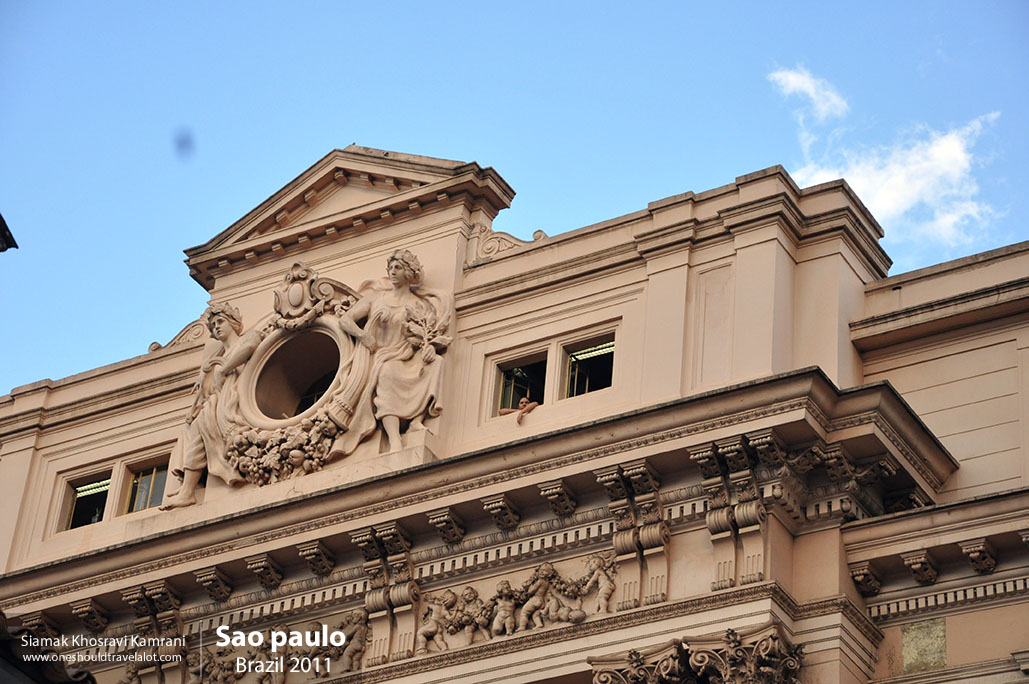Exploring Brasília: The Heart of Modern Brazil
First Impressions of Brasília
As my plane descends over Brasília, the capital of Brazil, I’m immediately struck by the city’s unique layout. From above, the city resembles an airplane or bird in flight, a testament to its planned nature. Designed by the renowned architect Oscar Niemeyer and urban planner Lúcio Costa, Brasília stands out as a marvel of modernist architecture and urban planning. This UNESCO World Heritage site is not just a city; it’s a symbol of Brazil’s aspirations and future.
Upon landing, the clean, organized streets and the modernist buildings welcome me. The air is warm, and there’s a sense of order that contrasts sharply with the bustling chaos of other Brazilian cities like Rio de Janeiro and São Paulo. Brasília’s design, with its wide avenues and abundant green spaces, immediately conveys a feeling of openness and calm.
Capturing the Essence of Brasília
With my camera slung over my shoulder, I set out to explore and capture the essence of this remarkable city. My first stop is the iconic Planalto Palace, the official workplace of the President of Brazil. Its sleek, white façade and reflecting pools make for stunning photographs, especially as the morning light plays off the water.
Architectural Wonders
Next, I visit the Cathedral of Brasília, another Niemeyer masterpiece. Its hyperboloid structure, made of 16 curved concrete columns, gives it a futuristic look. Inside, the ethereal stained glass windows cast a kaleidoscope of colors, creating a serene and spiritual atmosphere. As I snap photos, I’m struck by how the cathedral blends innovation with reverence, a common theme in Brasília’s architecture.
The National Congress of Brazil is another must-see. Its twin towers and the juxtaposed dome and bowl structures are both impressive and symbolic, representing the balance of power. As I photograph these landmarks, I can’t help but admire Niemeyer’s ability to infuse modernist principles with deep cultural significance.
A City of Cultural Diversity
Brasília is not just about grand buildings and architectural marvels; it’s also a melting pot of cultures from all over Brazil. As I wander through the city, I hear a symphony of languages and dialects. Portuguese is the official language, but I also catch snippets of indigenous languages and various accents from different regions of Brazil, reflecting the city’s diverse population.
One of the best places to experience this cultural diversity is the Central Market, or Mercado Central. Here, the vibrant stalls are filled with colorful fruits, vegetables, and handicrafts from across Brazil. The air is filled with the aromas of traditional Brazilian dishes, and I can’t resist trying some pão de queijo (cheese bread) and brigadeiros (chocolate truffles). The vendors are friendly and eager to share their stories, giving me a deeper understanding of Brazilian culture and hospitality.
The Heartbeat of Brazilian Politics
As the political heart of Brazil, Brasília is home to numerous government buildings and institutions. The Praça dos Três Poderes (Three Powers Square) is where the executive, legislative, and judicial branches of government converge. Walking through this square, I feel the weight of Brazil’s political history and the importance of this city in shaping the nation’s future.
Green Spaces and Modern Living
One of Brasília’s most remarkable features is its abundance of green spaces. The Parque da Cidade Sarah Kubitschek is one of the largest urban parks in the world, offering a peaceful retreat from the city’s urban landscape. Here, families picnic, joggers take their morning runs, and I find countless opportunities to capture candid moments of daily life.
The standard of living in Brasília is relatively high, with well-maintained infrastructure and public services. The city was designed to be functional and efficient, and this is evident in the ease of getting around. Public transportation is reliable, and the wide, well-paved roads make driving a breeze.
Immersing in Local Traditions
While Brasília is a modern city, it also embraces traditional Brazilian customs. I have the chance to attend a Festa Junina, a traditional Brazilian festival held in June. The celebration is a riot of colors, with people dressed in traditional costumes, dancing to forró music, and enjoying traditional foods like canjica (a sweet corn dish) and pé-de-moleque (a peanut candy). This vibrant festival offers a perfect opportunity to capture the joyous spirit of Brazilian culture through my lens.
The Vibrant Nightlife
As the sun sets, Brasília transforms. The city’s nightlife is as dynamic as its architecture. The Asa Sul and Asa Norte sectors are popular spots, filled with trendy bars, restaurants, and nightclubs. I visit Beirute, a legendary bar that has been a local favorite since the 1960s. The atmosphere is lively, with live music and locals enjoying cold beers and delicious snacks. It’s a great place to unwind and mingle with the locals, who are always eager to share stories and offer tips on the best places to visit.



